This week my haiku journey will take us to a 12th Century chapel. I hope you enjoy it.
Seven hundred years
prayerful feet treading same ground.
Worn stone, whitened wood
8.4.24
Built with a batter
sloping walls in ancient style,
beams added later
9.4.24
Not all oak is smooth
polished by a thousand hands
some decays and rots
10.4.24
Time drifts slowly by
we add music's solemn hymns
but still we worship
11.4.24
Sunlit shafts fall on
soft pale oak, pulpit rises.
Sense of importance
12.4.24
History ticks by
and I am here now alone
camera in rain
13.4.24
For a brief moment
my pulpit elevation,
yet no one listens
14.4.24
Thanks again for being here with me. I hope you enjoyed your visit to an ancient church. For those interested in a little more there is a gallery below. I included the diagram to show you which century each part of the church was built. (Unless I am the only one interested in this stuff ha ha, in that case, sorry!)
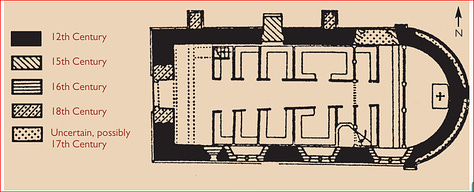
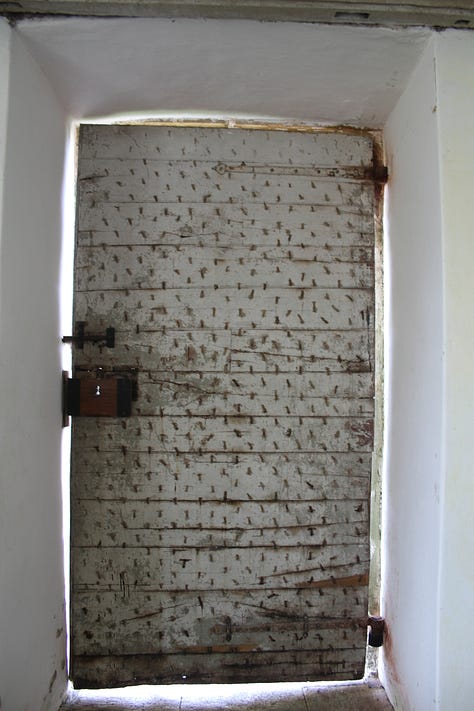
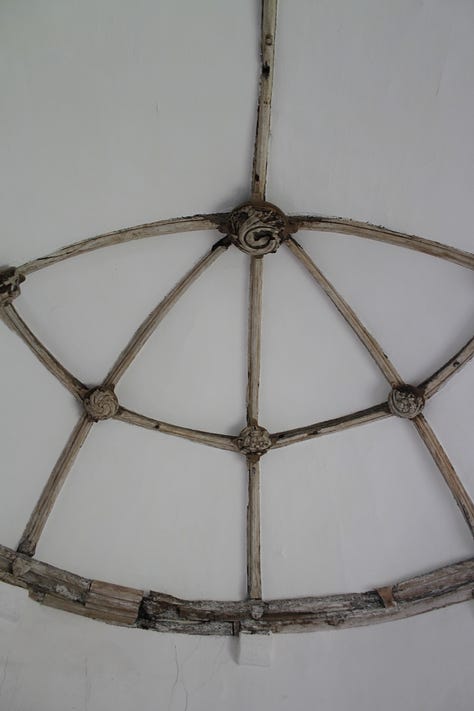
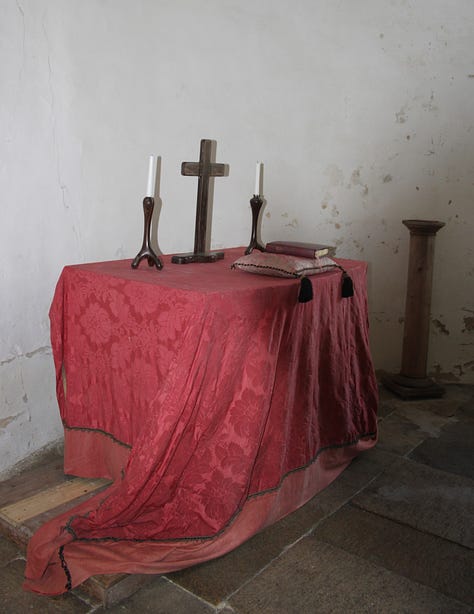
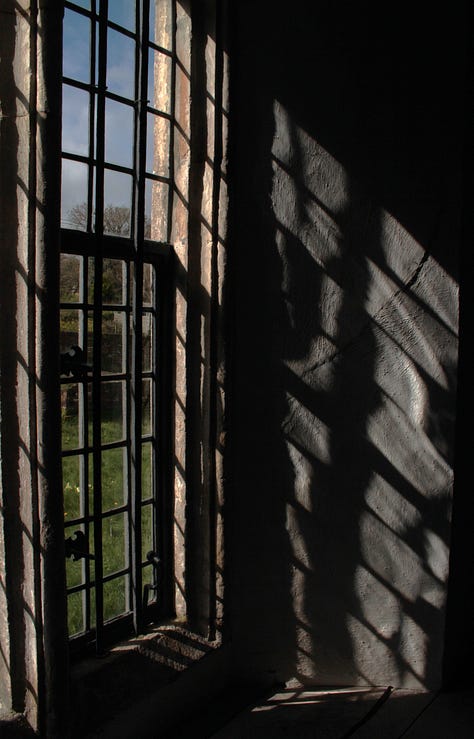
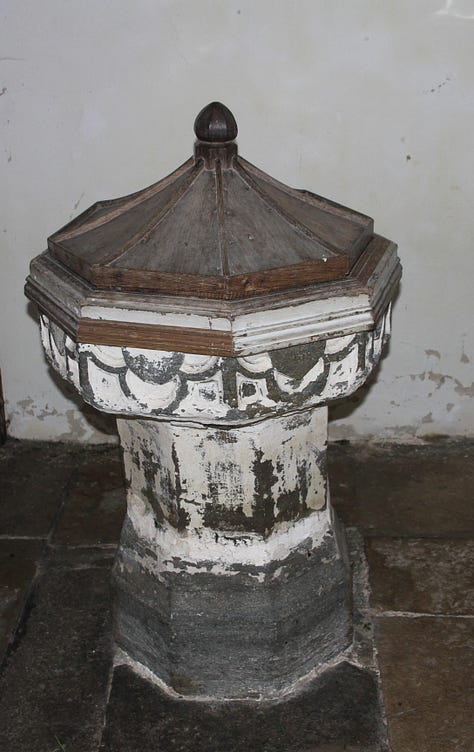
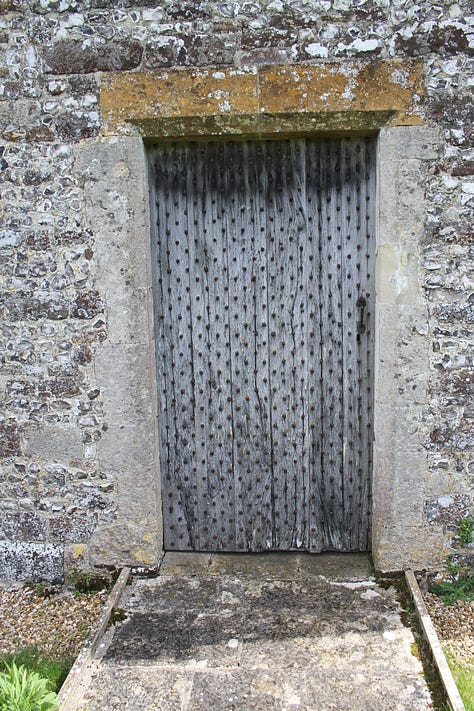

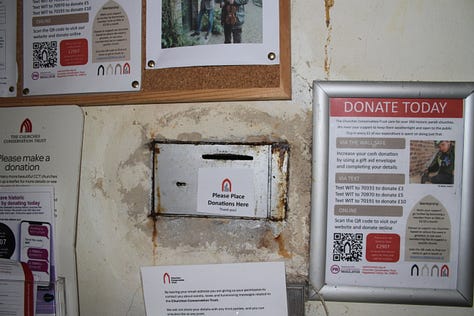
And for those who want to know a little more….
St. Andrew’s Church, Winterborne Thomson, Dorset was built in the 12th century, added to and reburbished over the years with the oak pews and interior added in the early 18th Century, paid for by the Archbishop of Canterbury. The ‘rescue’ operation came in the 1920’s after some manuscripts of Thomas Hardy’s were sold to pay for the repair. The walls include stone from all over Dorset, dark brown heathstone found nearby, green sandstone of North Dorset amd golden coloured sandstone from the west of the county as well as silver grey limestone from the Isle of Purbeck. It is a delightful mixture which the camera didn’t quite capture I feel. It is a single cell Norman church unaltered in plan since it was built. It isn’t a place of worship anymore but open daily by the charity The Church Conservation Trust. Visiting a place like this, not another soul around, allows my imagination to run riot and connects me to the thousand of others who have trodden this ground before me.
and here is a link to my other site with a post about a church of the same era in ruins




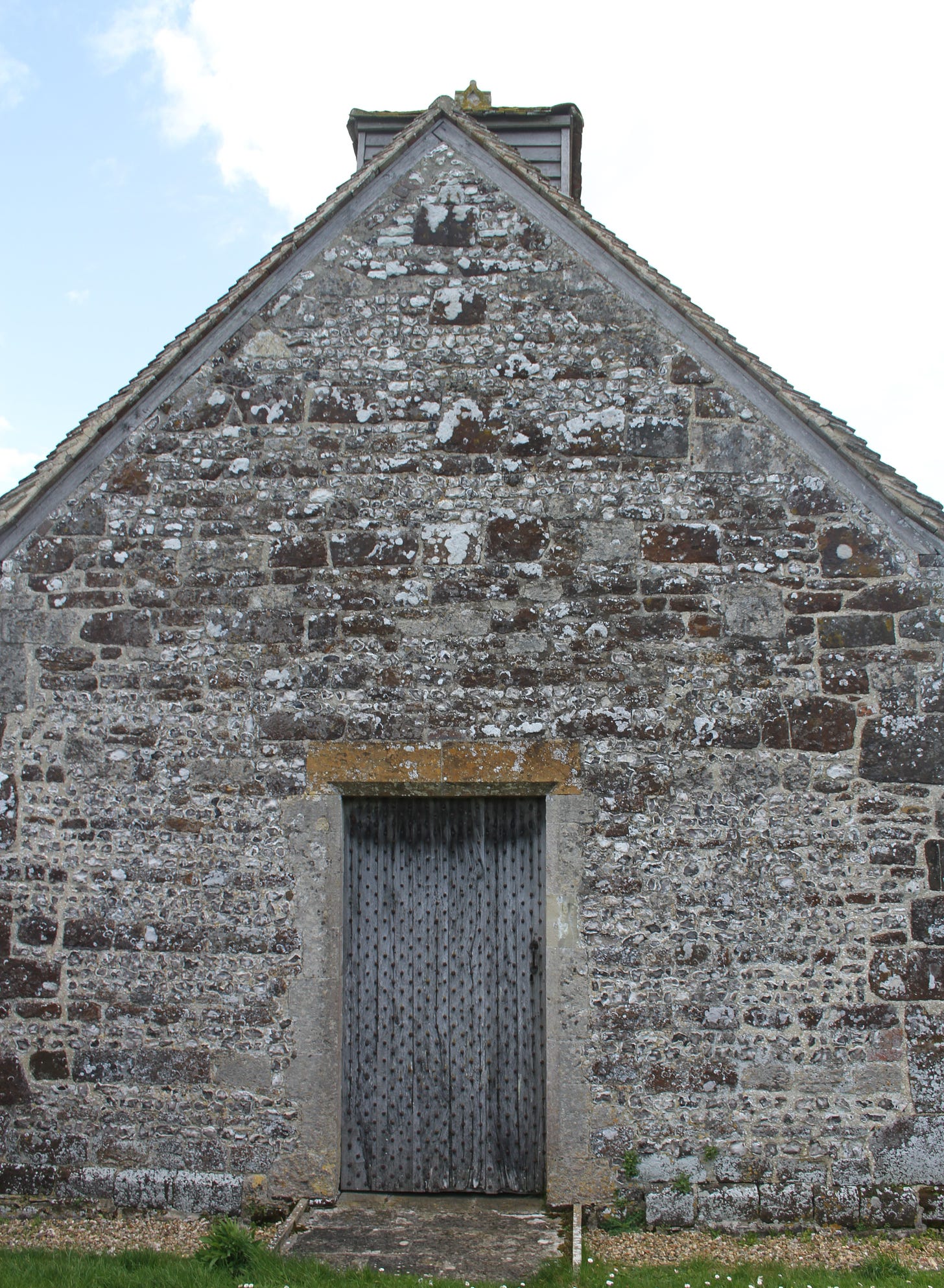

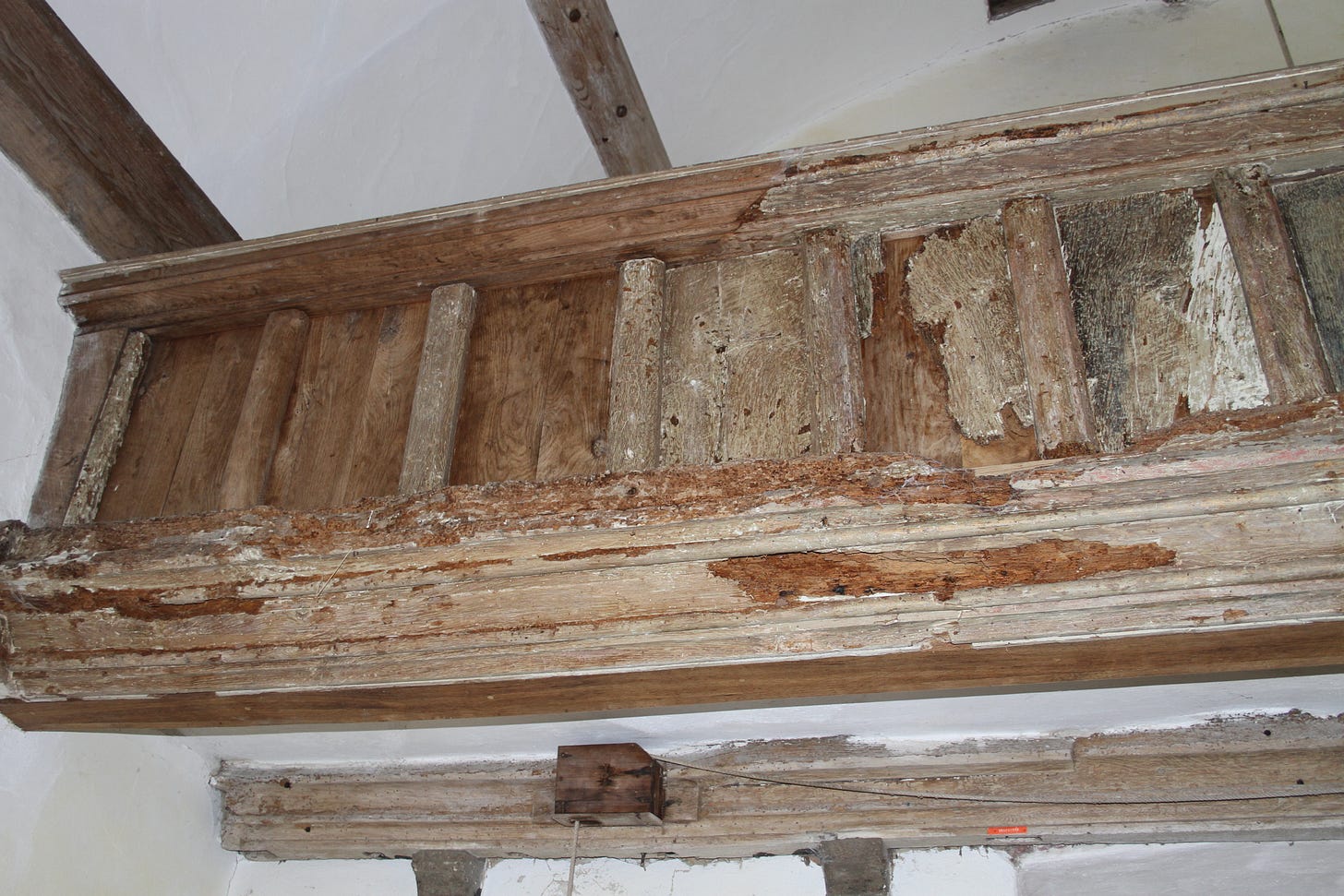


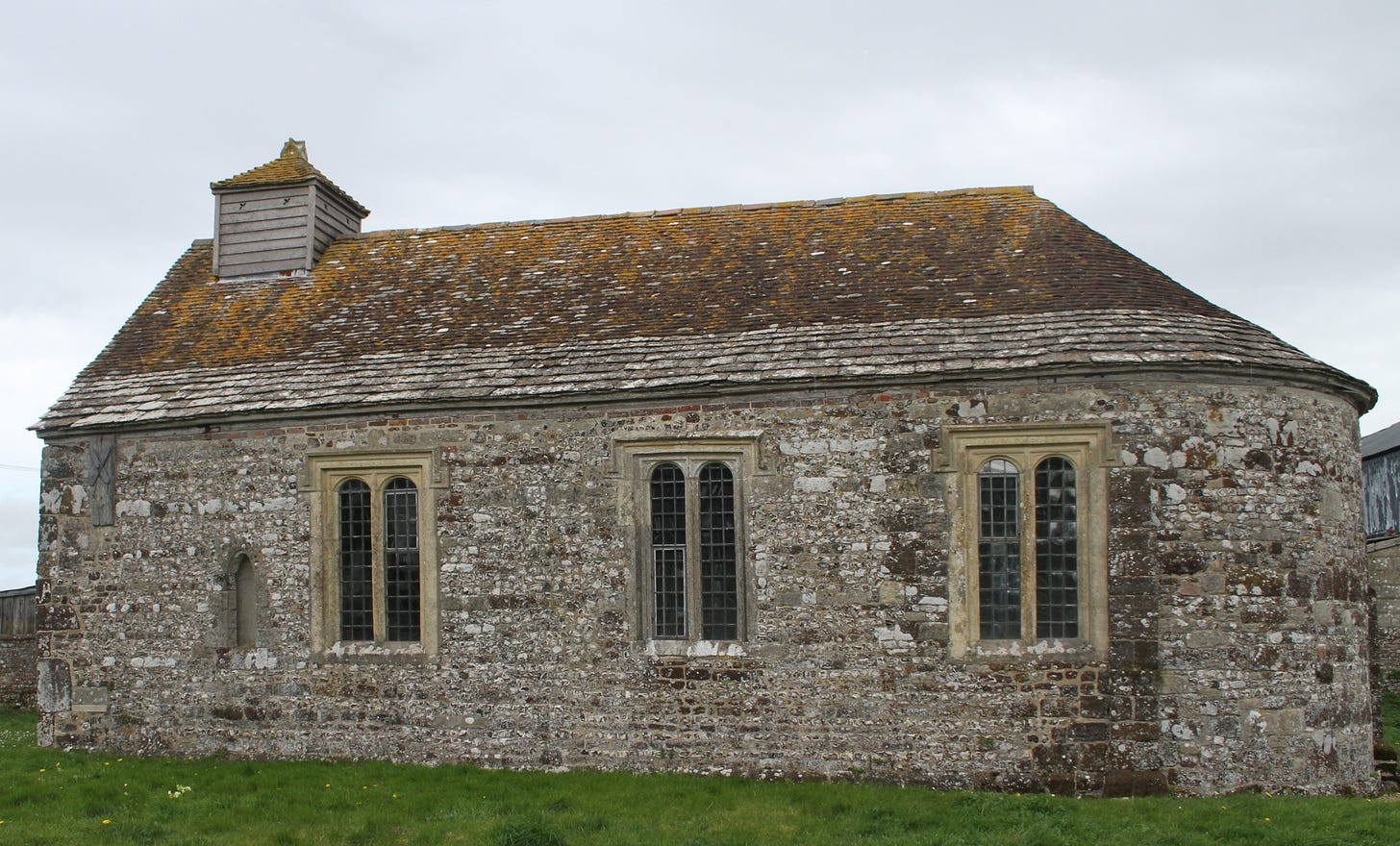


hola, april. lovely, photos and 5-7-5’s. thank you for sharing this tiny hint of the enormity of time and our own insignificance within it. that was my feeling from then images. one of them seemed to catch my eye in a particular way, and so that became the physical seed of a metaphysical and entomological look at the stones of church. where does our quest go to?
~~~
web on the ceiling
of wooden beams spider-like
the spiders unseen.
~~~
silence, more silence
than the years out spoken
of the inward quest
~~~
question the stone wall
the spider, the ants’ last meal
of wood, wine and crisps.
~~~
voices vibrate stone
and leave the quest uncertain
were souls their rocking?
~~~
what for the few pews?
a gesture towards being
alive as human
~~~
not just the spirit
above the fray of life’s fear
and the ageless age
~~~
like stone and not stone
a ghost that cannot be seen
in stoney faces.
1. Considering the variety of stones used, what does this tell us about the region's historical trade and transport capabilities?
2. The transition from a place of worship to a conservation project: how might the atmosphere within these walls have changed?
3. Thomas Hardy’s manuscripts played a crucial part in the church's 'rescue'; can you imagine how the local community might have felt about this exchange?
4. The schematic could be quite old; what might it tell us about the church's original design intentions compared to its current state?
5. With no congregations gathering, what echoes of the past might one hear in the stillness of the church now?
6. The Church Conservation Trust opens it daily; how do they balance preserving the church's quiet dignity with making it accessible for visitors?
7. The oak pews and interior from the early 18th Century: what stories of faith and community might they hold after hundreds of years of service?